Opinion
Will any of 50+candidates address change in the October 16 2017 municipal election.
Change is Constant. Will we accept that?
Is the status quo acceptable for sustainable development, when the city’s population has, in fact, declined by 1% in 1 year?
Should we accept having all 6 high schools south of the river? Should we accept 5 high schools along 30 Ave? Should we accept having no high schools north of the river forcing 30% of the population to commute across the river?
Red Deer region has the poorest air quality in Alberta, is there a plan?
Red Deer has been cited for having often times the second highest crime rate, per capita. Again, is there a plan?
Businesses are leaving the city proper to open up in areas abutting the city like Gasoline Alley, why? Is anyone asking?
Should we accept 10 recreational facilities on the south side where we have; the Downtown Recreation Centre, Michener Aquatic Centre, Downtown Arena, Centrium complex, Collicutt Recreation Centre, Pidherney Curling Centre, Kinex Arena, Kinsmen Community Arenas, Red Deer Curling Centre, and the under-construction Gary W. Harris Centre. The city is also talking about replacing the downtown recreation centre with an expanded 50m pool. While only having the Dawe Centre on the north side?
On October 16 2017 we will be voting for a Mayor, 8 city councillors and either 7 public school board trustees or 5 separate school board trustees.
The last election in 2013 we had 5 people running for mayor, 30 people running for council, 14 people running for public school board and 7 people run for the separate school board, 56 people in total.
This year we may have more choices. The incumbents will all have an advantage over the other candidates, and I have yet to hear of any incumbents deciding to not run again.
So the questions previously asked are important. Will the incumbents offer any explanations for the declining populations, the unequal distribution of high schools and recreational facilities? Will they blame the provincial economy?
Penhold is growing and looking to annex enough land to double it’s footprint. Blackfalds increased it’s population by 700 in 1 year. Are they not affected by the same economy? Sylvan Lake, Penhold and Blackfalds which has less population together as Red Deer has north of the river but they are each in line to have a high school, while there is no plans to build a high school north of the river in Red Deer.
The land north of 11a is up for development, and if the city starts to grow again, we could see 55,000 residents north of the river but no high school. Is that acceptable?
Talking about developing north of 11a, there is Hazlett Lake. Largest lake in Red Deer. Remember, Hazlett Lake is a natural lake that covers a surface area of 0.45 km2 (0.17 mi2), has an average depth of 3 meters (10 feet). Hazlett Lake has a total shore line of 4 kilometers (2 miles). It is 108.8 acres in size. Located in the north-west sector of Red Deer. It is highly visible from Hwy 2 and Hwy 11A, and could help with tourism and with the needs of Red Deer’s own citizens.
The Collicutt Centre was built in the south-east corner of Red Deer and it facilitated growth in Red Deer. Blackfalds, Penhold and Sylvan Lake all followed suit, built new recreational complexes and enjoyed phenomenal growth soon after. So build a “Collicutt 2” in the north-west by Hazlett Lake to help facilitate growth in the north west. Will the candidates even consider these ideas or will they settle on the status quo?
During the last 9 elections we have heard about developing the land along the river, moving the public works and building a beautiful 23 acre neighbourhood with a 23 million dollar footbridge to Bower Ponds so pedestrians do not have to walk 300 metres to Taylor Bridge. It will come up in the next 4 elections before it is completed.
We will again hear how beautiful our trails are, and the importance of downtown revitalization. We could get the material from candidates in the last 9 elections.
Has Red Deer hit a glass ceiling? 99,800 residents, schools in the east, facilities downtown, industry in the north-west?
For 2 weeks in 2019, we will have 35,000 visitors, and it will only cost 70 million dollars. Is that it? No plans, no answers, no vision, just the status quo and 2 weeks in 2019?
Change is constant, and the world is changing, is Red Deer changing?
I believe Red Deer is changing and needs to address these issues and many more. I believe that it is important to offer something for the future and not campaign on the past. Do not accept platitudes and rhetoric and look for answers to questions that may not have been asked yet.
I need to hear a plan, and I need to see a vision not just hear words and see a smile. Red Deer needs it, now more than ever, because Red Deer is shrinking, like never before. Yesterday’s words are not sufficient in today’s world. Remember that.
International
Trump’s Strike on Iran Reshapes Global Power Balance, Deals First Blow to Beijing and CRINK Axis
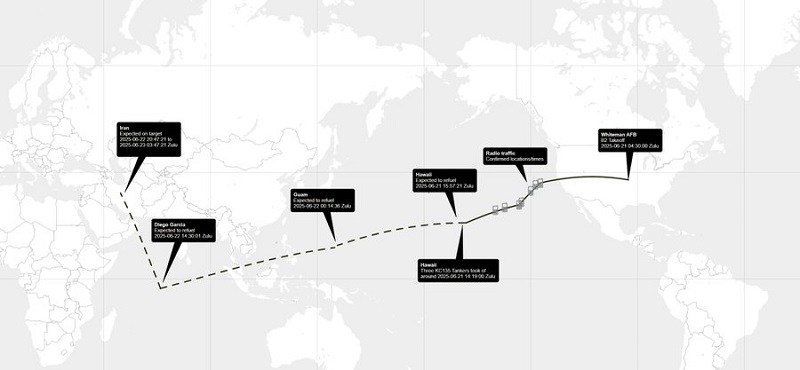
Some analysts say the U.S. strike marks the West’s first major blow in an emerging global war against the ‘CRINK’ alliance — China, Russia, Iran, and North Korea.
At 8:00 p.m. on Saturday, President Donald Trump confirmed that U.S. B-2 stealth bombers had penetrated Iranian airspace overnight and delivered precision strikes on multiple nuclear enrichment facilities—marking the first direct American military action targeting Iran’s nuclear program since the conflict with Israel escalated.
Trump said the strikes were “massive” and necessary to prevent the world’s most dangerous regime from acquiring the world’s most dangerous weapons.
The United States and its military had completed a strike unprecedented in history and that no other military can achieve, Trump declared in a televised address from the Oval Office, arguing that Iran had sought the destruction of Israel and America, and killed many U.S. soldiers.
The president’s remarks confirmed what international observers and Israeli defense officials had begun to piece together in the early hours of Saturday in the Middle East: that American forces had joined Israel’s rapidly expanding campaign to dismantle the Islamic Republic’s nuclear and military infrastructure—a move with historic ramifications for the balance of power in the region and for global security.
This attack, while narrowly focused on nuclear targets, may mark a broader inflection point in the strategic landscape of what some U.S. defense analysts call the “CRINK” war—referring to the de facto alliance of China, Russia, Iran, and North Korea.
This morning Mike Gallagher, the former chairman of the House Select Committee on the Chinese Communist Party and now a national security adviser, said the strike marked a return to credible power projection.
“Deterrence comes from dominant force and the willingness to use it,” he posted to X. “Last night, President Trump took a critical step toward restoring deterrence in the Middle East and around the world.”
According to senior U.S. defense officials, the strikes involved a small number of stealth bombers supported by aerial refueling tankers and surveillance aircraft operating from bases in the Middle East and Europe. The targets included Iran’s deeply buried Natanz uranium enrichment complex and secondary facilities near Arak and Fordow.
Of these, Fordow is considered Iran’s most fortified nuclear site—tunneled into a mountainside near the holy city of Qom and designed to survive conventional airstrikes. Reaching it requires specialized bunker-penetrating munitions. Only the United States possesses weapons capable of striking such hardened targets: most likely the GBU-57 Massive Ordnance Penetrator, a 30,000-pound bomb built to bore through hundreds of feet of reinforced rock and concrete. Defense sources say multiple sequential detonations would be required to break through the mountain’s layers and disable the underground enrichment halls.
Early satellite imagery and Iranian state media appeared to corroborate the targeting of Natanz, reporting heavy damage and widespread power disruptions across the site and adjacent military compounds. Iran’s Islamic Revolutionary Guard Corps issued a statement vowing retaliation but acknowledged that “enemy aircraft penetrated undetected and struck sensitive infrastructure.”
The United States, by committing its own strategic assets to destroy critical Iranian military infrastructure, has gained the initiative in what could be seen as the first true strategic victory for the West in World War III—a long, undeclared conflict characterized by economic warfare, proxy combat, gray-zone cyber operations, and regional insurgencies. The Pentagon and White House now face critical choices that could significantly shape the remainder of this century.
The strike could come at a high cost, but also could deliver epoch-shifting, decisive strategic benefits. Iran supplies drones to Russia, subsidizes oil to China, and provides weapons to terrorist actors that threaten U.S. bases and allies from the Gulf to the Mediterranean, military and intelligence analysts argue. Its defeat would damage the CRINK axis, remove a key enabler of great power revisionism, and restore American leverage after years of attritional conflict.
Trump’s language Saturday night suggested he may favor such a path.
In Jerusalem, Israeli Prime Minister Benjamin Netanyahu praised the American action as “a decisive blow against the terror regime in Tehran.” In a national address hours after the U.S. confirmation, Netanyahu said, “This is not just Israel’s fight—the free world has acted.”
Israeli media reported that the Israeli Air Force had provided electronic warfare support and real-time intelligence for the U.S. strikes, though officials declined to confirm operational details. In Tel Aviv, civilians remained under heightened alert, but there were signs of cautious optimism. “The alliance between Israel and the United States is at full strength,” one senior Israeli official told local media. “We have shifted the strategic calculus in the region.”
Iran’s Supreme National Security Council convened an emergency session overnight. Government officials condemned the strikes as an act of war and said Tehran would respond “at a time and place of our choosing.” As of Sunday morning EST, no immediate missile launches had been detected. However, Western intelligence agencies were monitoring known Iranian proxy forces in Lebanon, Iraq, Syria, and Yemen for signs of mobilization.
On Iranian social media channels, state-linked accounts circulated images of damaged facilities alongside calls for retaliatory “martyrdom operations” against U.S. and Israeli targets.
The joint U.S.-Israeli operation followed weeks of escalating hostilities, beginning with Israeli airstrikes deep inside Iranian territory that disabled radar arrays, weapons depots, and drone launch sites. Iranian retaliation—including missile and drone attacks on Israeli cities—prompted increasingly urgent warnings from Western capitals that the situation risked spiraling into open regional war.
In Tehran, BBC correspondents reported a rare mix of panic and defiance among civilians. Some feared a full-scale war was imminent. Others expressed anger at their government for failing to protect key military and nuclear assets.
European leaders called for restraint. In an interview late Saturday night EST, German Chancellor Friedrich Merz described the strike as “a painful but necessary step.” French officials warned of “a dangerous path toward uncontrollable conflict.”
In Washington, current and former intelligence officials said the operation signaled a fundamental shift in U.S. posture.
The Pentagon later confirmed the deployment of additional U.S. forces to the region, including carrier strike groups and long-range missile defense batteries.
Whether the operation succeeds in deterring Iran from restarting its nuclear weapons program—or sparks a wider war in the Middle East—remains uncertain. What is clear is that the seismic shift beneath Fordow began in Iran, but its aftershocks are now reverberating through the war rooms of Beijing and Moscow.
Editor’s Note: The first version of this story was updated to paraphrase President Trump’s remarks, and add a comment from former senator and CCP committee leader Mike Gallagher.
The Bureau is a reader-supported publication.
To receive new posts and support my work, consider becoming a free or paid subscriber.
Invite your friends and earn rewards
National
Preston Manning: “Appearing to Cope” – Is This The Best We Can Do?
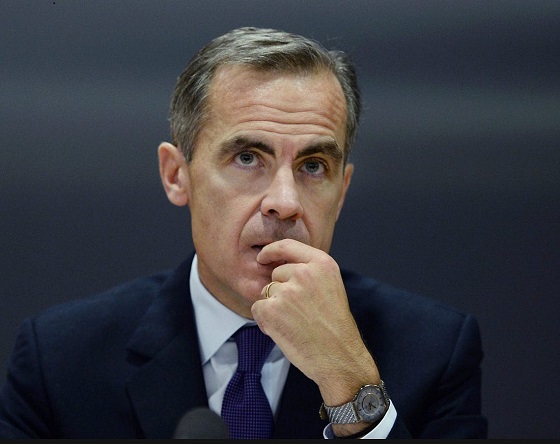
Many years ago, when I was in the consulting business, I visited Washington DC to re-connect with some Republican contacts I had previously made in California and who had since risen to positions of influence with the Nixon administration. In their California days they had been idealistic advocates of change, but when I met them in Washington most of that idealism had evaporated. As they ruefully explained, “ Here in Washington DC, the real name of the game is simply “appearing to cope”.
And how do politicians in high office play this game? When issue X arises, hold a news conference or give a speech acknowledging X’s existence and expressing deep concern. Convene a hearing or a conference on X, calling for decision makers and experts on X to attend and testify. Issue an executive order or send a draft bill to Congress with X in the title, the preamble, and the news release. In other words, substitute announcement for action, conferencing and discussion for results, and appearance for substance.
Flash forward 50 years and regrettably the “appearing to cope” strategy is very much alive and now practiced in Canada by the newly elected Carney government.
Is Infrastructure Development, long neglected and even obstructed by the discredited Trudeau administration, a pressing issue? Of course. So, borrowing from the Conservative platform, now make Infrastructure Development a theme of speeches and commentaries by Liberals seeking and winning election. Post election, convene a federal provincial conference with Infrastructure Development high on the agenda and post-conference communiques announcing “cooperation” on the subject. Introduce a bill in parliament purporting to facilitate Infrastructure Development by reducing federal regulations and interprovincial barriers while prophesying billions of dollars of investment in Infrastructure Development. As yet no actual infrastructure development has occurred – there are no shovels in the ground – but the appearance has been given that the federal government is successfully addressing the issue.
“Appearing to do” as a substitute for actually doing is now complemented and amplified in this age of social media by the ease with which governments and politicians can also “appear to be” something or someone they are not. The exhortation to “Do, rather than appear to do” should now be accompanied by that of the old Latin motto – Esse Quam Videri – “Be, rather than appear to be”.
As the contractors complete the future Chamber of the House of Commons in the refurbished Parliament Building in Ottawa, maybe they should carve into the ceiling of the Chamber – in a prominent place visible to all members of the House. “Do, rather than appear to do. Be, rather than appear to be.” Would not the acceptance and practice of those two exhortations render our politics and our government more worthy of public trust?
-

 Alberta7 hours ago
Alberta7 hours agoCalls for a new pipeline to the coast are only getting louder
-
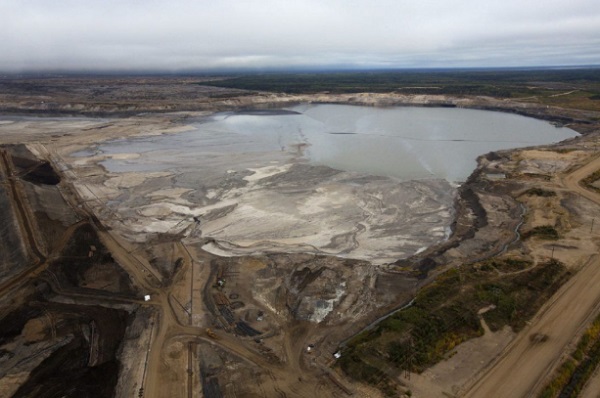
 Alberta1 day ago
Alberta1 day agoAlberta is investing up to $50 million into new technologies to help reduce oil sands mine water
-

 Alberta1 day ago
Alberta1 day agoAlberta announces citizens will have to pay for their COVID shots
-

 Bruce Dowbiggin1 day ago
Bruce Dowbiggin1 day agoWOKE NBA Stars Seems Natural For CDN Advertisers. Why Won’t They Bite?
-
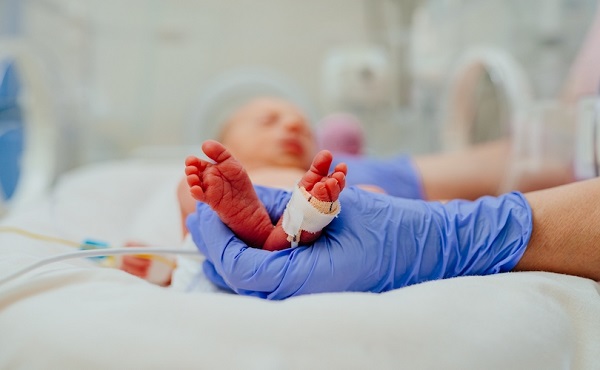
 Alberta8 hours ago
Alberta8 hours agoAlberta pro-life group says health officials admit many babies are left to die after failed abortions
-
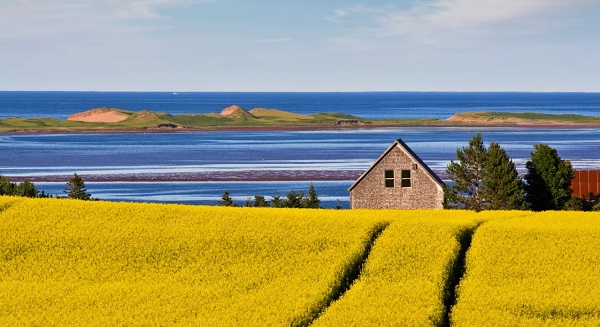
 espionage4 hours ago
espionage4 hours agoFrom Sidewinder to P.E.I.: Are Canada’s Political Elites Benefiting from Beijing’s Real Estate Reach?
-

 Aristotle Foundation1 day ago
Aristotle Foundation1 day agoThe Canadian Medical Association’s inexplicable stance on pediatric gender medicine
-
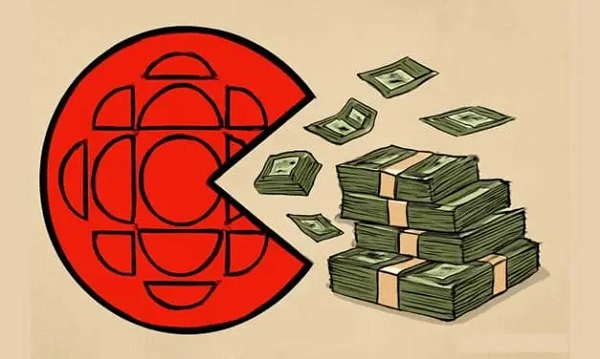
 Business1 day ago
Business1 day agoThe CBC is a government-funded giant no one watches






